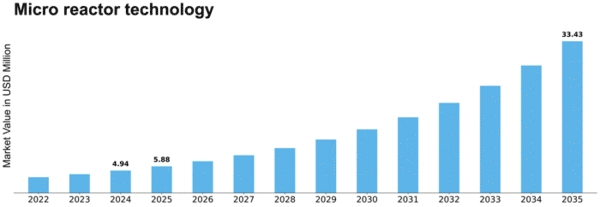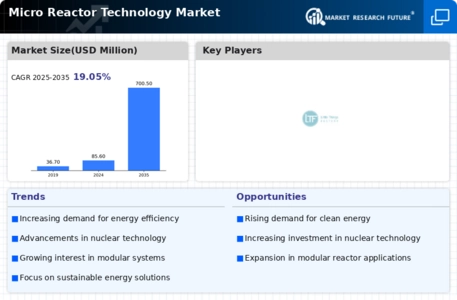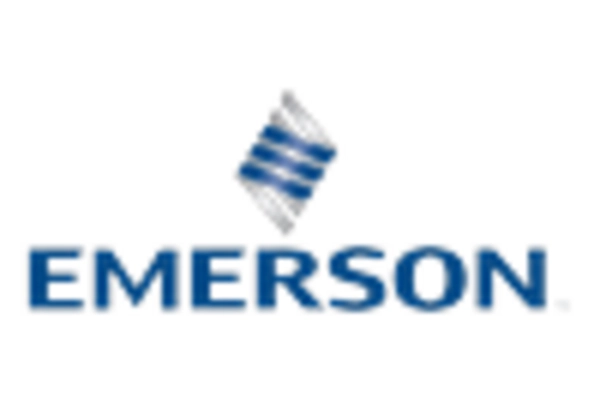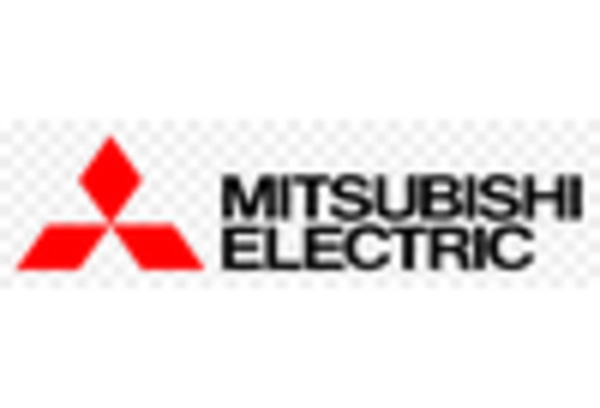Micro Reactor Technology Size
Micro reactor technology Market Growth Projections and Opportunities
The global micro reactor technology market is poised for robust growth, anticipated to exhibit a healthy trajectory during the forecast period from 2020 to 2027. In 2019, the market's valuation reached USD 82.73 million, and projections indicate a Compound Annual Growth Rate (CAGR) of 13.6%, aiming for a total market value of USD 183.46 million by the end of 2025.
This upward trend in the global micro reactor technology market is primarily fueled by the escalating demand for 3D printed micro reactors across major end-use industries. The appeal of these reactors lies in their superior attributes, including heightened productivity, enhanced flexibility, and increased efficiency. A key contributing factor is the surging demand in the nanopharmaceuticals market, driven by pharmaceutical companies' heightened focus on nanopharmaceuticals production to augment drug discovery and delivery processes. Additionally, the market is influenced by a growing emphasis on environmental regulations and heightened safety concerns, propelling its expansion over the forecast period.
The emphasis on developing commodity chemicals utilizing micro reactor technology is identified as a significant growth avenue. The increasing demand for commodity chemicals across various end-use industries positions micro reactor technology as a crucial player in this landscape. However, challenges loom in the form of high costs associated with Research and Development (R&D) activities and products, posing potential threats to the overall market growth.
In terms of segmentation, the global micro reactor technology market is analyzed based on type, application, end use, and region. The market distinguishes between disposable and reusable types of micro reactors. The disposable segment claimed the largest market share in 2019, driven by a heightened demand in the nanopharmaceutics market.
The application-oriented segmentation includes chemical synthesis, polymer synthesis, process analysis, material analysis, and others. Chemical synthesis dominated the market share in 2019 and is anticipated to maintain a CAGR of 13.59% during the review period. Both disposable and reusable micro reactors find applications in synthesizing various chemicals, encompassing specialty/fine chemicals and Active Pharmaceutical Ingredients (API) for the pharmaceutical industry.
In terms of end-users, the market is categorized into specialty chemicals, pharmaceuticals, commodity chemicals, and others. The chemicals segment held the largest market share in 2019, with the specialty chemicals segment valued at USD 35.90 million. It is projected to register a CAGR of 13.44% during the review period. Notably, the aerospace segment is forecasted to witness the highest growth.
Geographically, the market is studied across North America, Europe, Asia-Pacific, Latin America, and the Middle East & Africa. Asia-Pacific emerged as the leading region in 2019, capturing a substantial market share of 42.1%. The region is expected to grow at a robust CAGR of 15.26% during the review period, attributed to the expanding chemicals industry and a growing demand for chemicals in diverse end-use sectors. China played a pivotal role in securing the largest share in the Asia-Pacific micro reactor technology market. North America secured the second-largest market share, projected to register a CAGR of 12.85% during the review period. Europe followed closely with a market share of 20.1% in 2019.
In conclusion, the global micro reactor technology market is on a trajectory of significant growth, driven by factors such as the demand for 3D printed micro reactors, the prominence of nanopharmaceuticals, and the focus on developing commodity chemicals. Despite challenges related to high costs in R&D activities, the market is poised to expand, offering diverse opportunities for players across different segments and regions.



















Leave a Comment